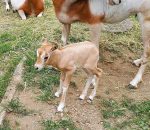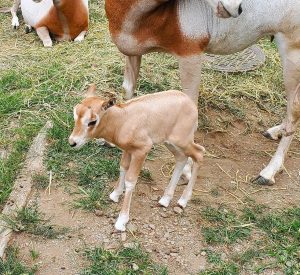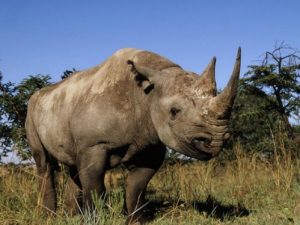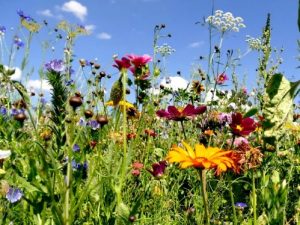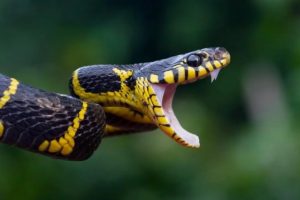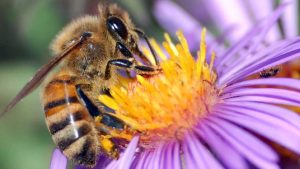CUTE CRIA!
On September 12th, Lehigh Valley Zoo along with the Lehigh Valley Health Network (the official motherhood partner of the LVZoo) welcomed a baby alpaca to our barnyard herd. A baby alpaca is called a cria. This name comes from the Spanish word crías when translated to English means baby animal. Alpacas come from the Camelid Family which includes camels, llamas, alpacas, guanaco, and vicuna. The camelid family has both domesticated (Camels, Alpacas, Llamas) and non-domesticated species (Guanaco and Vicuna). The non-domesticated species currently live in the Andes Mountains.
 Alpacas are among the mammals with the longest gestation period. Their gestation period is between 335-366 days, almost a year! When a mother gives birth, she will continue standing and is most likely to give birth during the daylight hours. This gives the cria enough time to dry off before the sun goes down and it gets colder. Illuminati, our female alpaca, gave birth in our barnyard exhibit during zoo operation hours on September 12th, with a few lucky guests to witness the zoo’s first baby alpaca birth. The boy cria was standing and nursing in no time. As the cria grows, he will put on weight quickly! Within one year, he will go from between sixteen and twenty pounds to one hundred pounds. To put that in perspective, human babies gain only about ten pounds in the first year. Guests and staff watched during the first few hours as the barnyard residents met the little one for the first time. The baby has since started to form a bond with our pot-belly pig, Helga.
Alpacas are among the mammals with the longest gestation period. Their gestation period is between 335-366 days, almost a year! When a mother gives birth, she will continue standing and is most likely to give birth during the daylight hours. This gives the cria enough time to dry off before the sun goes down and it gets colder. Illuminati, our female alpaca, gave birth in our barnyard exhibit during zoo operation hours on September 12th, with a few lucky guests to witness the zoo’s first baby alpaca birth. The boy cria was standing and nursing in no time. As the cria grows, he will put on weight quickly! Within one year, he will go from between sixteen and twenty pounds to one hundred pounds. To put that in perspective, human babies gain only about ten pounds in the first year. Guests and staff watched during the first few hours as the barnyard residents met the little one for the first time. The baby has since started to form a bond with our pot-belly pig, Helga.
Alpacas were domesticated over six thousand years ago by the Andean people as a source of fuel, fiber, and meat. Today, alpacas are a common farm animal around the world that are usually docile and calm when compared to llamas. They are used for the fiber that is woven from their wool. Males can produce about eight pounds of fiber a year and females will produce about five.
When you visit the Lehigh Valley Zoo, come see the new addition to our Alpaca herd and all the other barnyard animals!
LVHN is the Official Motherhood Partner of the Lehigh Valley Zoo.
Written by Dani DiMarco
Interpretation Coordinator
Lehigh Valley Zoo | Schnecksville, PA


